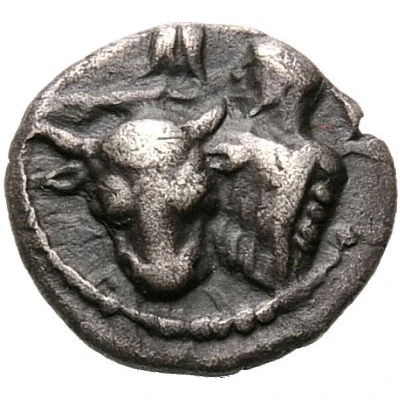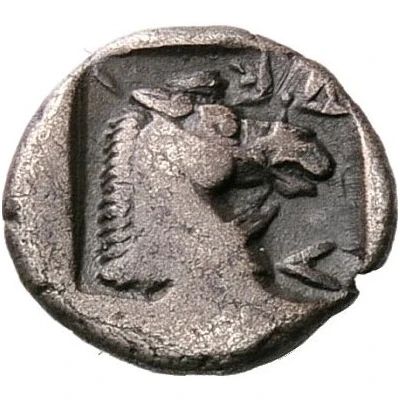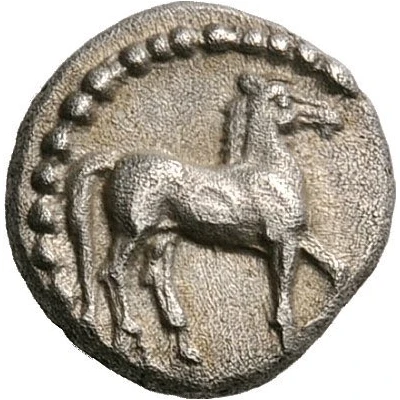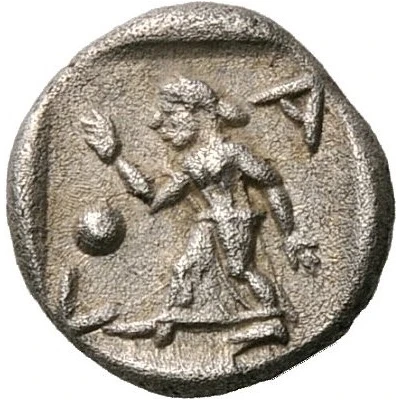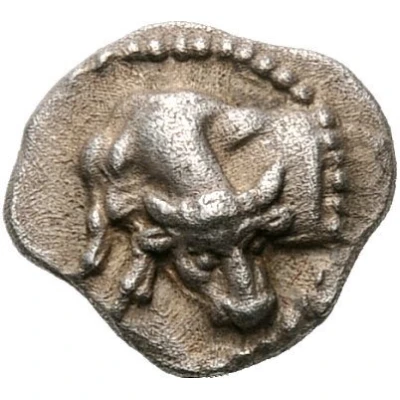
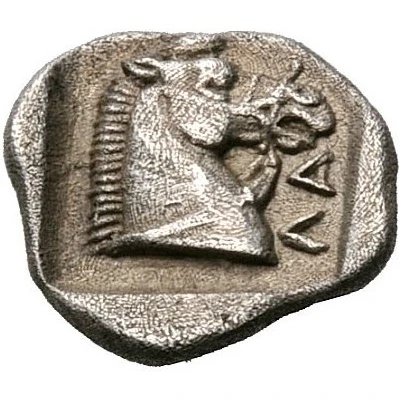

© Nomos AG
Obol 462 BC - 460 BC
| Silver | 0.93 g | - |
| Issuer | Larissa (Thessaly) |
|---|---|
| Type | Standard circulation coin |
| Years | 462 BC - 460 BC |
| Value | Obol (⅙) |
| Currency | Drachm |
| Composition | Silver |
| Weight | 0.93 g |
| Shape | Round (irregular) |
| Technique | Hammered, Incuse |
| Demonetized | Yes |
| Updated | 2024-10-10 |
| Numista | N#170968 |
|---|---|
| Rarity index | 100% |
Reverse
Head of bridled horse to right in incuse square
Script: Greek
Lettering: Λ Α
Comment
Liampi, 1996, IA, 8.
Interesting fact
The Obol coin from Larissa (Thessaly) was used as a form of currency in ancient Greece and was equivalent to one-sixth of a drachma. It was made of silver and weighed 0.93 grams. Despite its small size and value, the Obol was an important coin in ancient Greece, as it was widely used in trade and commerce. In fact, the Obol was so widely used that it became a standard unit of exchange in many parts of the ancient Greek world. Today, the Obol is a valuable collector's item and is highly sought after by numismatists.
